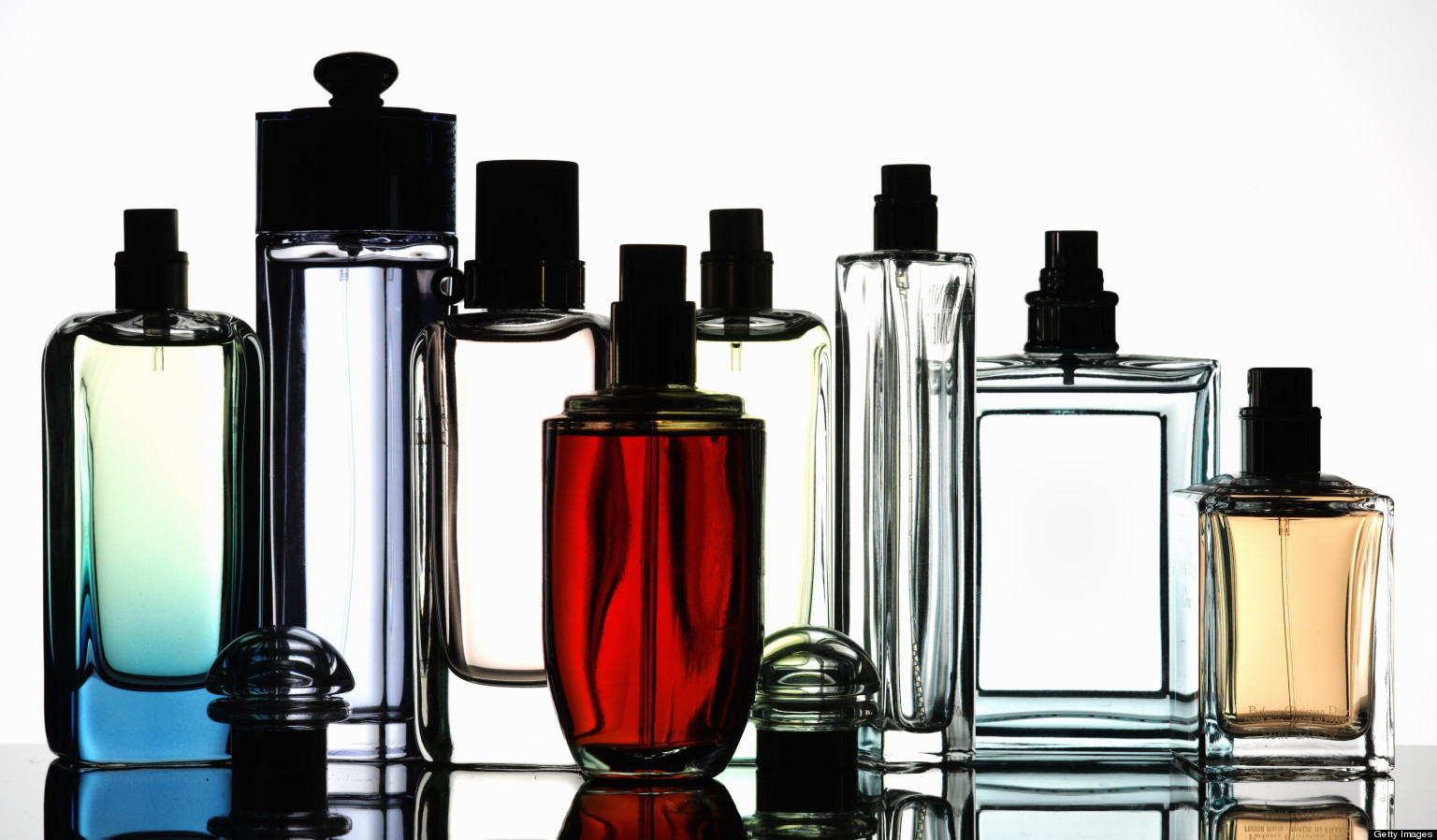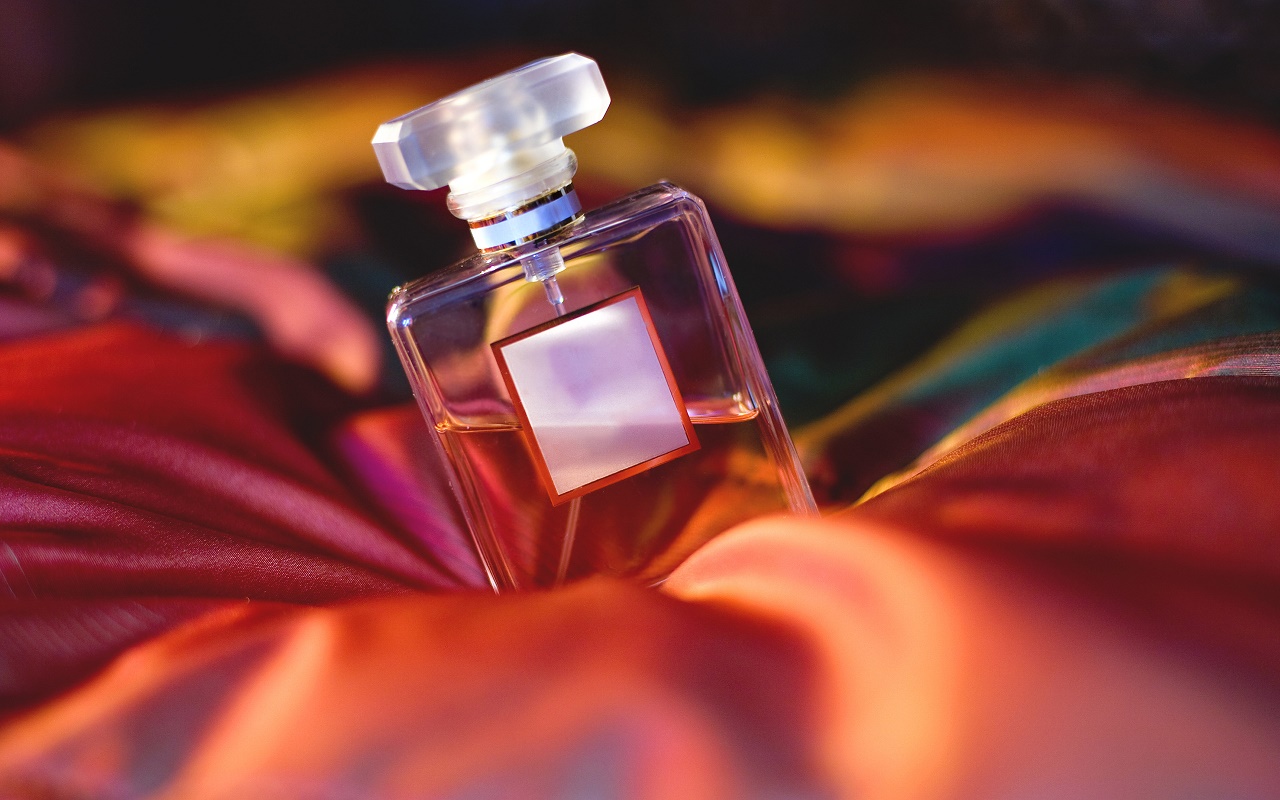Dear friends, here we are back with our Perfumes ABC. We had the chance to talk a bit about the history of fragrances last time, but we did promise we would take the time to analyze the differences between several types of perfumes and maybe also learn a bit about what it means to communicate by scent.
There are scientists who claim that perfumes can play a very important role in the attraction we feel towards somebody and that is an instinct that has been refined throughout the millennia. We were saying last time that scents can be a quite efficient manner of communicating. But how do you know what fragrance is the best for you?
In terms of potency, perfumes range from up to 40% fragrance oil to a mere 1-5%. The French – who else? – have actually coded the strength and consistency of perfumes.
The most potent is the extrait de parfum, which has somewhere between 20 and 40% oil. It is strong and expensive, but it is the real deal.
The eau de parfum is what we actually generally call perfumes. Their consistency is lower, hovering around 20%. The bouquet ranges from fresh and stringent to sweet and intoxicating, so you have a wide variety of choices available.
The eau de toilette is the even more diluted form, a fragrance you can wear every day, regardless of weather and season.
The eau de cologne comes from Koln in Germany and the original formula contained a lot of citrus. So even today, what we can find on the market will always have traces of the original fragrance. What’s fun to know is that this perfume is not exclusively meant for men.
The faintest formula is the body splash or aftershave, depending on the case. This form of perfume is meant to be worn every day and applied often, several times a day.









